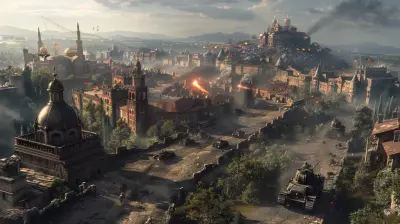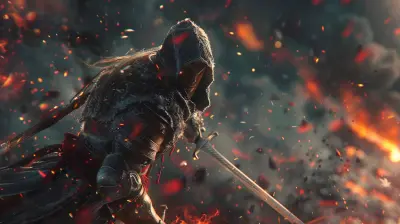How to Train for Better Reaction Times in FPS Games
22 August 2025
Let’s face it—your reaction time can make or break your performance in any FPS game. Whether you're clutching a 1v3 in Valorant or trying to turn the tide in Call of Duty, being just a millisecond faster than your opponent can be the difference between glory and a salty respawn screen. If you're sick of getting flicked on by 12-year-olds with lightning reflexes, then it’s time to step up your game.
This isn’t magic. It’s not genetics. It’s training. So buckle up, champ—we’re diving deep into how you can sharpen your reflexes and get the edge you’ve been looking for.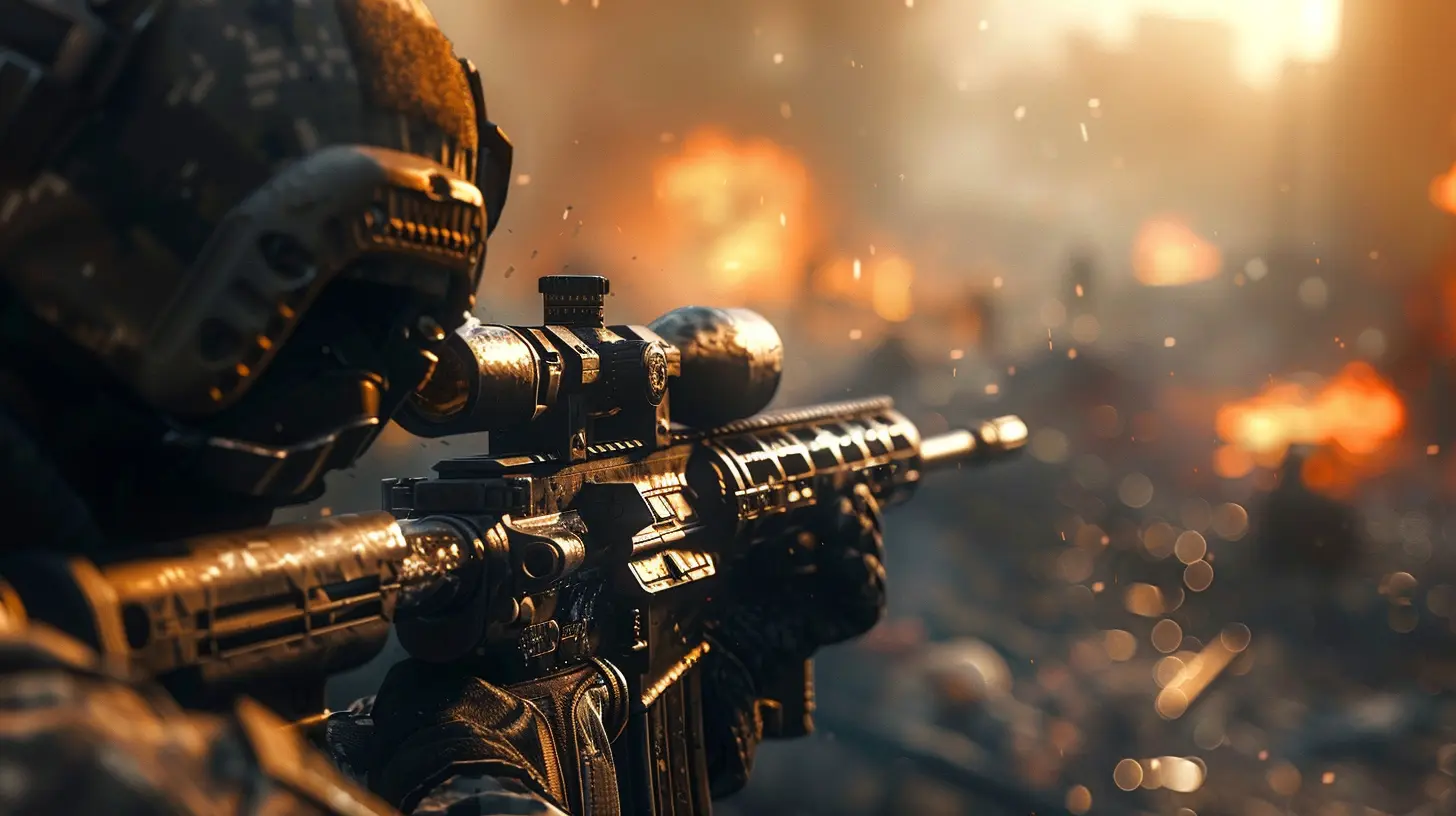
⚡ Why Reaction Time Matters in FPS Games
You know that moment when an enemy peeks and you’re just... frozen? Yeah, we’ve all been there. Reaction time in FPS games is your ability to see a threat and respond—aim, click, win—in the shortest time possible.It’s more than just moving your mouse faster. It’s your brain processing visual info, sending commands to your hands, and executing the perfect move—all in fractions of a second.
Here’s the kicker: improving your reaction time doesn’t just help you snap faster. It also boosts your confidence, decision-making, and overall game sense. Win-win-win.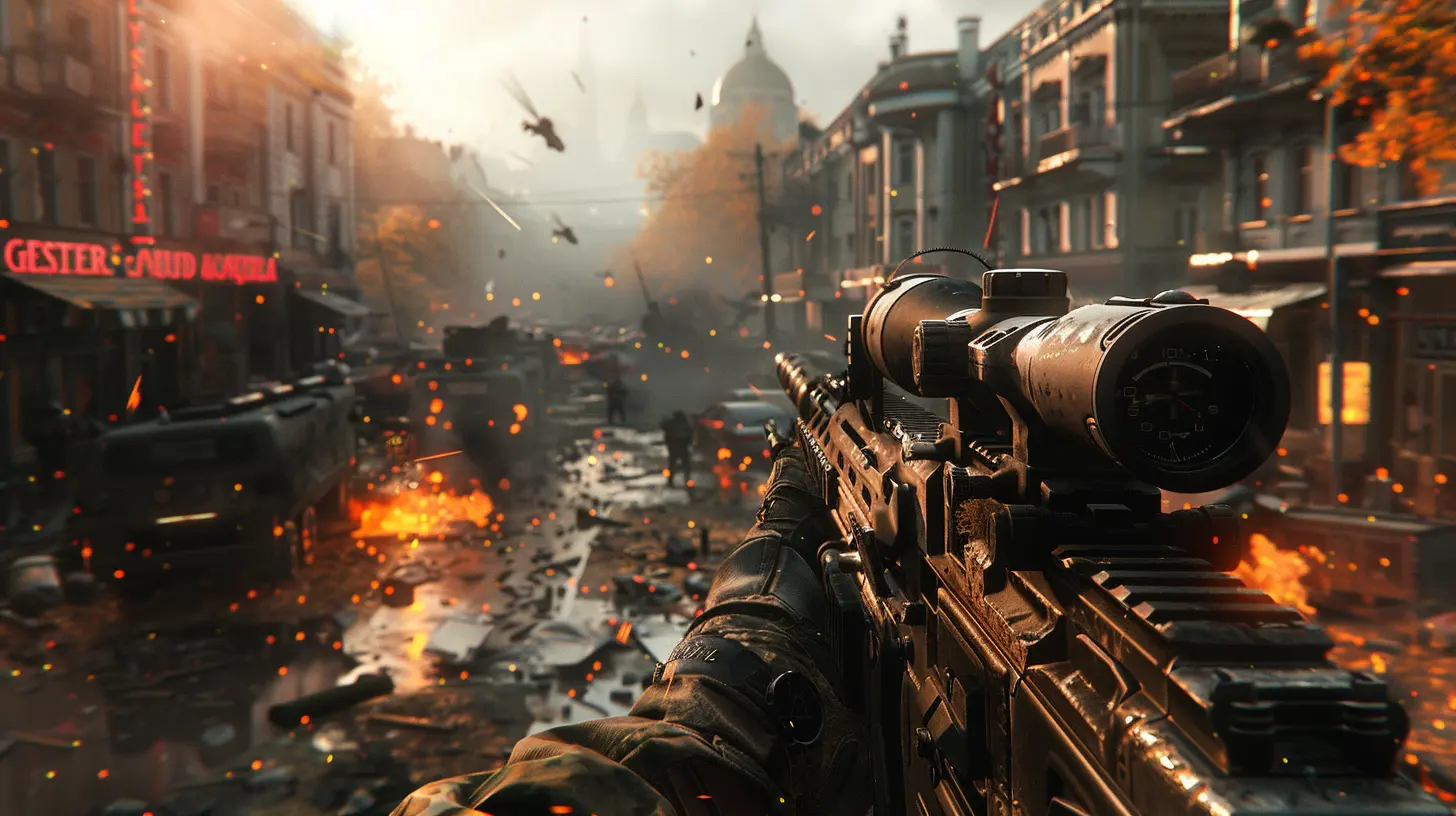
🧠 The Science Behind Reaction Time
Let’s nerd out for a sec. Reaction time is a mental and physical process. Here’s how it goes:1. Visual Input – You see something on the screen (enemy, movement, flash).
2. Cognitive Processing – Your brain identifies what’s happening and makes a choice (shoot, duck, run).
3. Motor Response – Your muscles execute that decision (click, tap, strafe).
All this happens in milliseconds, but the smoother and faster these steps become, the better your performance. The good news? You can train each part.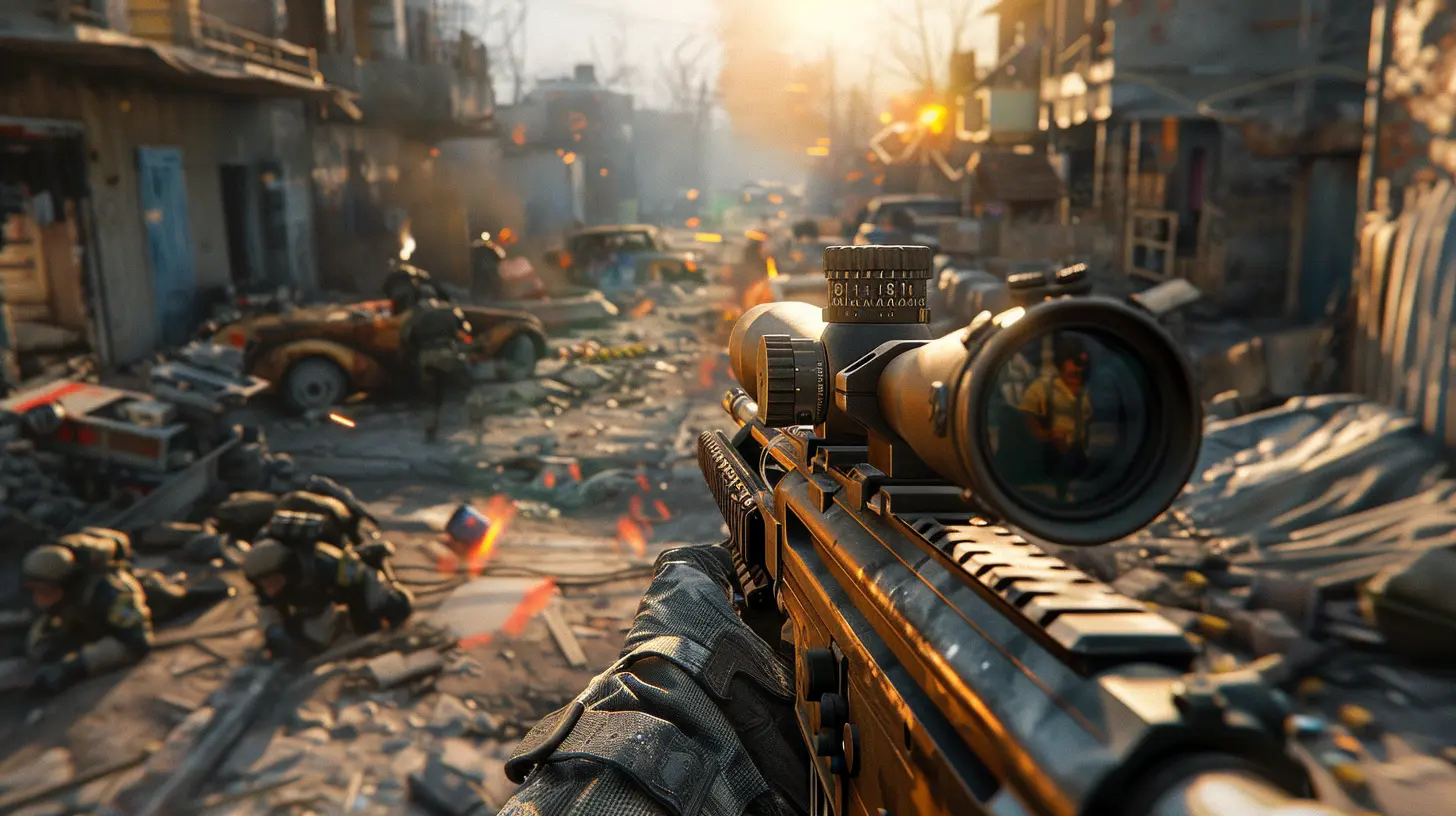
🏋️♂️ Physical and Mental Factors That Affect Reaction Time
Before we jump into drills and tools, let’s get real on what holds you back.💤 Sleep Deprivation
If you're gaming on four hours of sleep and two cans of Red Bull, your reaction time is probably crawling. Sleep fuels your brain. Without it, your processing speed tanks.☕ Too Much Stimulation
Caffeine can help… up to a point. But overdo it, and your hands start jittering like a squirrel on espresso. Balance is key.🧘 Stress and Anxiety
When your brain is fried from stress, your reaction time slows. High-pressure situations already spike adrenaline. Add external stress, and boom—brain fog city.🧂 Poor Posture and Setup
If you’re slouched like a question mark or gaming on a laggy monitor, you’re handicapping yourself before the match even starts. Reaction time isn’t just mental—it’s mechanical, too.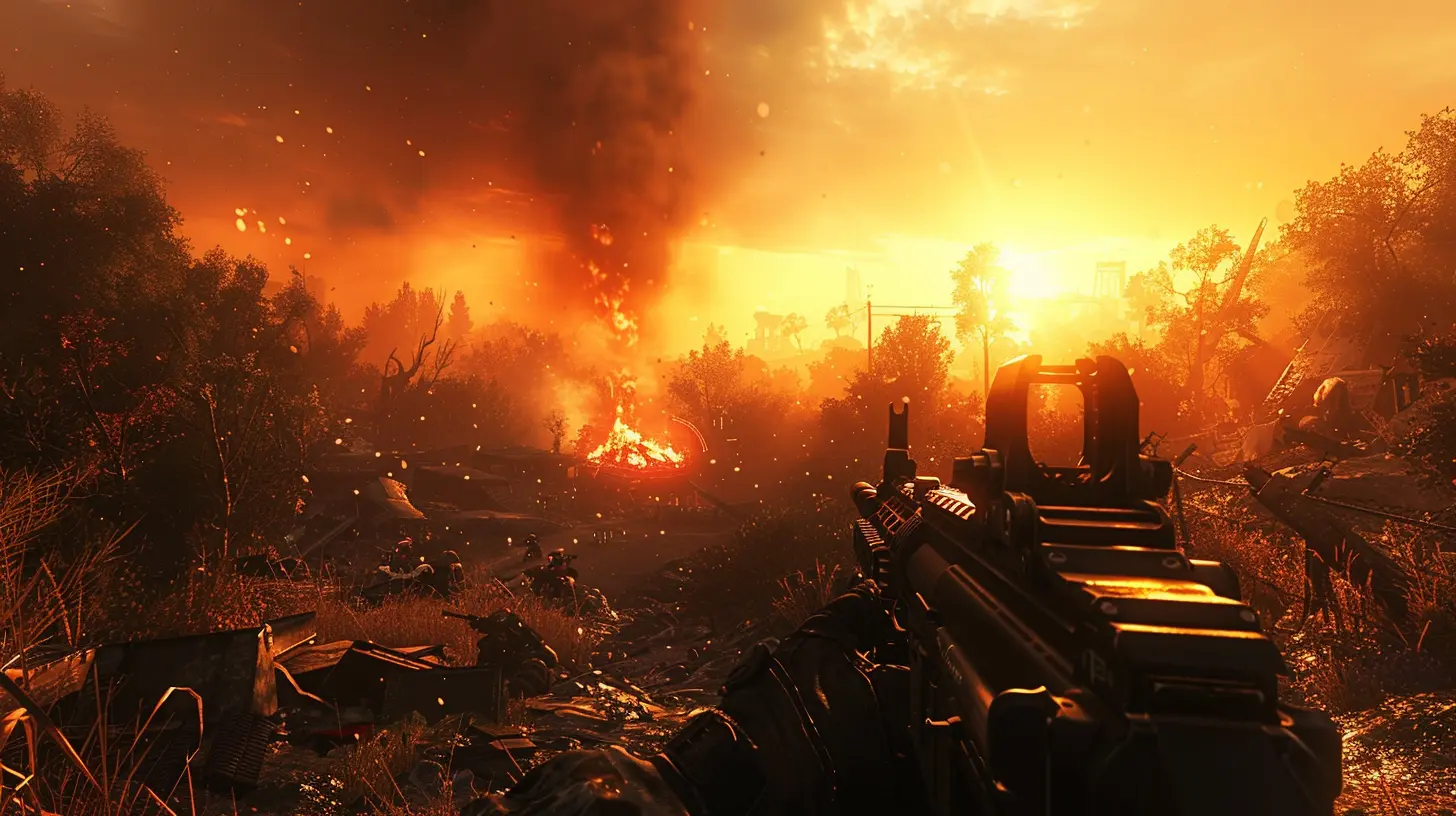
🧠 Mental Training to Supercharge Reaction Time
Improving your FPS reaction speed starts with your noggin’. Get your brain in gear first, and your aim will follow naturally.1. Play Reaction-Based Mini-Games
Websites like Human Benchmark offer free tools like Reaction Time tests and aim trainers. Try the simple “click when screen changes color" test. It builds your brain-to-click pathway quickly.Do it daily. Even just 5 minutes can rewire your reflexes like a champ.
2. Train Situational Awareness
Reaction time isn’t just about seeing—it’s about predicting. The best players don’t just react; they anticipate.Watch your own replays. Ask: “Could I have seen that peek coming?” Learn the cues, predict the behaviors, and react faster because you already know what’s next.
3. Mindfulness and Focus Practice
Sounds cheesy? It works. Mindful breathing exercises (think 5–10 minutes of focused breathing) improve clarity and calm under pressure. That zen-like state gives you laser focus even during chaos.🖱️ Physical Drills and Tools to Boost Your Reflexes
Ready to get hands-on? Here’s how to train your body to match your brain speed.1. Aim Trainers (Kovaak’s, Aim Lab, etc.)
You’ve heard of these. But are you using them right?- Focus on flick shots and target switching drills.
- Don’t just go through the motions—track your stats and push for personal bests.
Consistency is key. 15-20 minutes daily does wonders.
2. Mouse Sensitivity Optimization
If your sensitivity is too high, you’ll overshoot. Too low? You’ll lag behind. Find your “perfect sensitivity” through trial and error.Pro tip: Use the “360 distance” method—how far your hand moves to turn 360° in-game. Most pros fall between 25–40 cm.
3. Reaction Time Apps
Apps like Reaction Time Test, AimBooster, or even rhythm games like Osu! can fine-tune those twitch muscles. Bonus: You can do it without booting up your main rig.4. Hardware Tweaks
- Use a 144Hz+ monitor. Seriously, if you’re still on 60Hz, you’re seeing ghosts.- Low-latency mice and mechanical keyboards reduce input delay.
- Adjust your DPI to match your playstyle. Most pros use between 400–800 DPI.
🍽️ Lifestyle Habits That Translate into Killer Reflexes
You wanna win? You gotta live like a winner—even outside the game.💧 Stay Hydrated
Even mild dehydration can slow cognitive function. Keep a water bottle at your desk and sip between rounds.🥦 Eat for Brain Power
Your KD ratio starts in the kitchen. Load up on brain foods like:- Blueberries (antioxidants)
- Salmon (omega-3s)
- Eggs (choline = focus)
- Green tea (natural stimulants without the crash)
No, Doritos and Monster don’t count.
🏃♂️ Exercise Regularly
Cardio improves blood flow to the brain. That means quicker decision-making, better endurance, and more clutch plays. Even a 15-minute jog helps.🎮 In-Game Tips to React Quicker in Clutch Situations
Now let’s apply all of this where it counts—your actual games.😎 Don’t Over-Aim—Pre-Aim
Know where enemies usually peek from? Keep your crosshair there. This way, you’re halfway done aiming before they even appear. Less movement = faster shots.🔊 Use Audio Cues
Turn up that game audio. Every footstep, reload, or ability noise gives you info. Reacting to sounds is often faster than reacting to visuals.🔁 Drill Common Scenarios
Get into custom games and practice retake setups, common duel spots, or hold angles. When your muscle memory kicks in, you’ll react before you even think.🧠 Stay Cool Under Pressure
Ever notice how the pros never flinch, even in tough situations? Train yourself to stay calm. Breathe, assess, and act. Panicking slows your reaction time to a crawl.⏱️ Sample Weekly Training Routine for Faster Reaction Time
Want a roadmap? Here’s one you can follow:| Day | Activity | Duration |
|-----|----------|----------|
| Mon | Aim Lab Routine + Reaction Test | 30 mins |
| Tue | Custom Practice Scenarios | 45 mins |
| Wed | Mindfulness + Aim Tracking Drills | 30 mins |
| Thu | Rest Day (light reaction games only) | 15 mins |
| Fri | Kovaak’s Flick + Speed Drills | 30 mins |
| Sat | Full Match Review + Pre-aim Practice | 1 hr |
| Sun | Exercise + Light FPS Play | 1 hr |
Stick to this, and you’ll see noticeable improvement in a month—guaranteed.
🤯 The Secret Sauce: Consistency Beats Talent
You might be thinking, “Okay, that’s a lot to take in.” You’re right—but here’s the truth:The people at the top aren’t always the most talented. They’re the most consistent.
Training for better reaction time in FPS games is like building muscle. You won’t notice huge gains tomorrow. But keep at it, and one day, you’ll start snapping heads before your enemies even realize what hit them.
So the next time you get flicked, don’t rage. Use it as fuel. Train harder, react faster, and dominate fiercely.
Your squad is counting on you.
all images in this post were generated using AI tools
Category:
First Person ShooterAuthor:

Pascal Jennings
Discussion
rate this article
1 comments
Ruby Cruz
“Forget the gym—my reflexes only need one workout: dodging my cat when she decides it’s time for a surprise ambush during my gaming session!”
September 2, 2025 at 3:32 PM

Pascal Jennings
Sounds like you're already honing those reflexes! Just remember, practice makes perfect—whether it's dodging cats or quick aiming!

